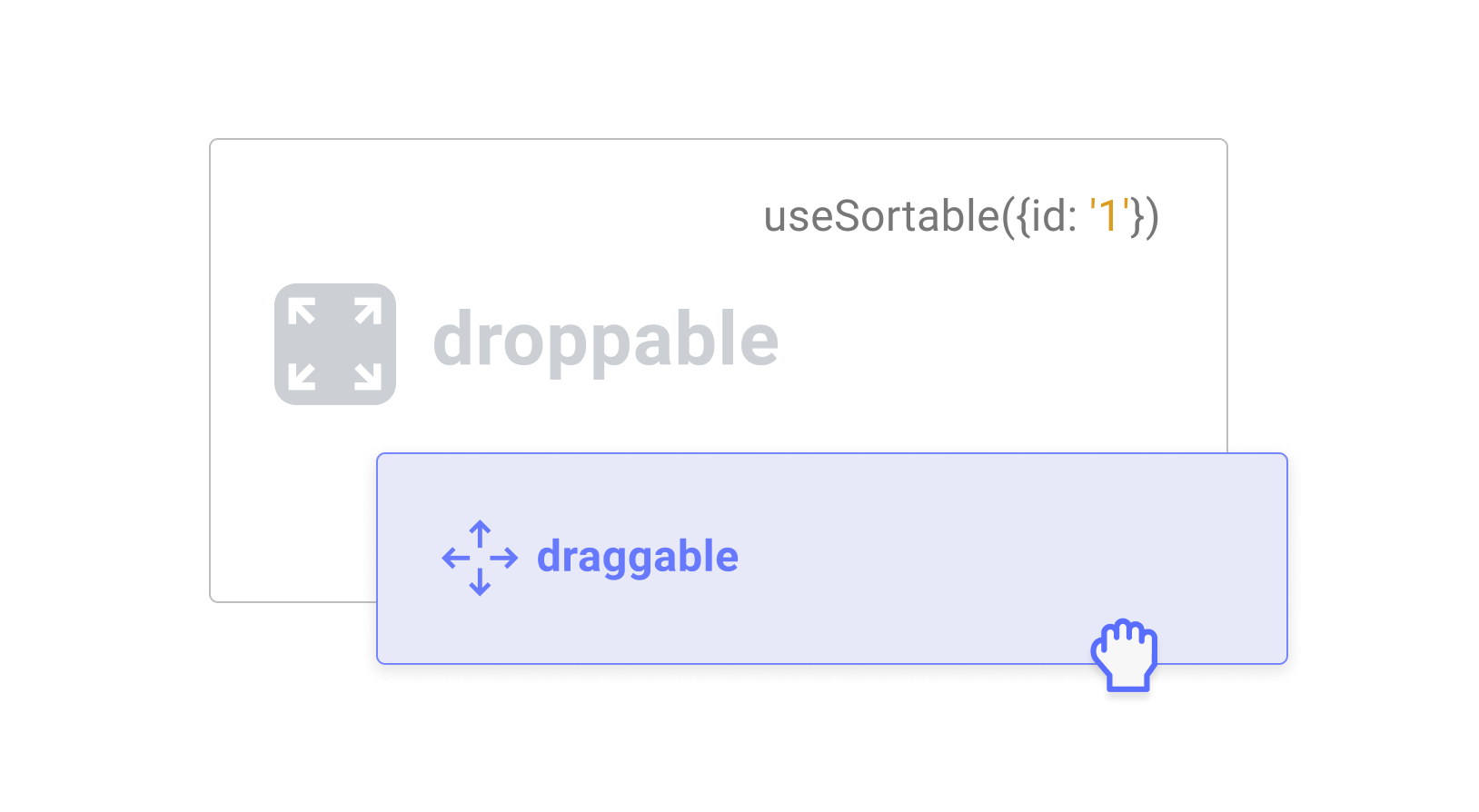8583825 #140 Thanks @clauderic! - Auto-scrolling defaults have been updated, which should generally lead to improved user experience for most consumers.
The auto-scroller now bases its calculations based on the position of the pointer rather than the edges of the draggable element's rect by default. This change is aligned with how the native HTML 5 Drag & Drop auto-scrolling behaves.
This behaviour can be customized using the activator option of the autoScroll prop:
import {AutoScrollActivator, DndContext} from '@dnd-kit/core';
<DndContext autoScroll={{activator: AutoScrollActivator.DraggableRect}} />;
The auto-scroller now also looks at scrollable ancestors in order of appearance in the DOM tree, meaning it will first attempt to scroll the window, and narrow its focus down rather than the old behaviour of looking at scrollable ancestors in order of closeness to the draggable element in the DOM tree (reversed tree order).
This generally leads to an improved user experience, but can be customized by passing a configuration object to the autoScroll prop that sets the order option to TraversalOrder.ReversedTreeOrder instead of the new default value of TraversalOrder.TreeOrder:
import {DndContext, TraversalOrder} from '@dnd-kit/core';
<DndContext autoScroll={{order: TraversalOrder.ReversedTreeOrder}} />;
The autoscrolling thresholds, acceleration and interval can now also be customized using the autoScroll prop:
import {DndContext} from '@dnd-kit/core';
<DndContext
autoScroll={{
thresholds: {
x: 0.1,
y: 0.25,
},
acceleration: 5,
interval: 10,
}}
/>;
Finally, consumers can now conditionally opt out of scrolling certain scrollable ancestors using the canScroll option of the autoScroll prop:
import {DndContext} from '@dnd-kit/core';
<DndContext
autoScroll={{
canScroll(element) {
if (element === document.scrollingElement) {
return false;
}
return true;
},
}}
/>;

